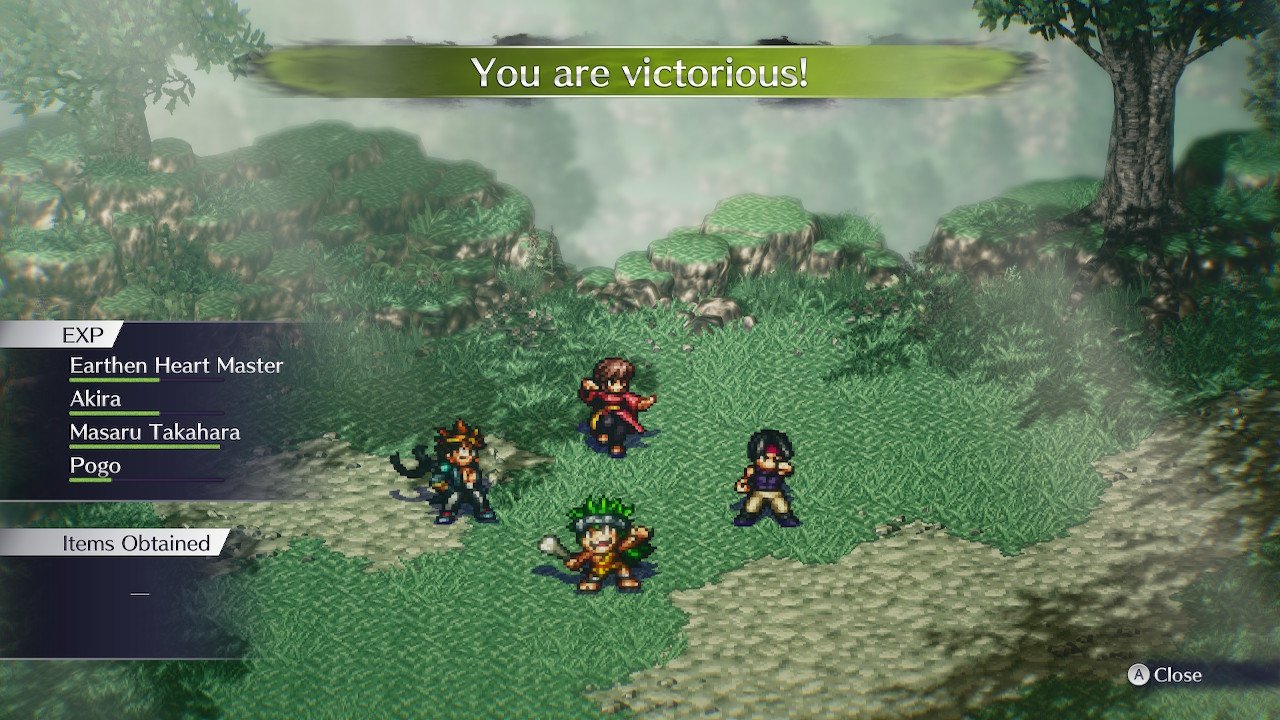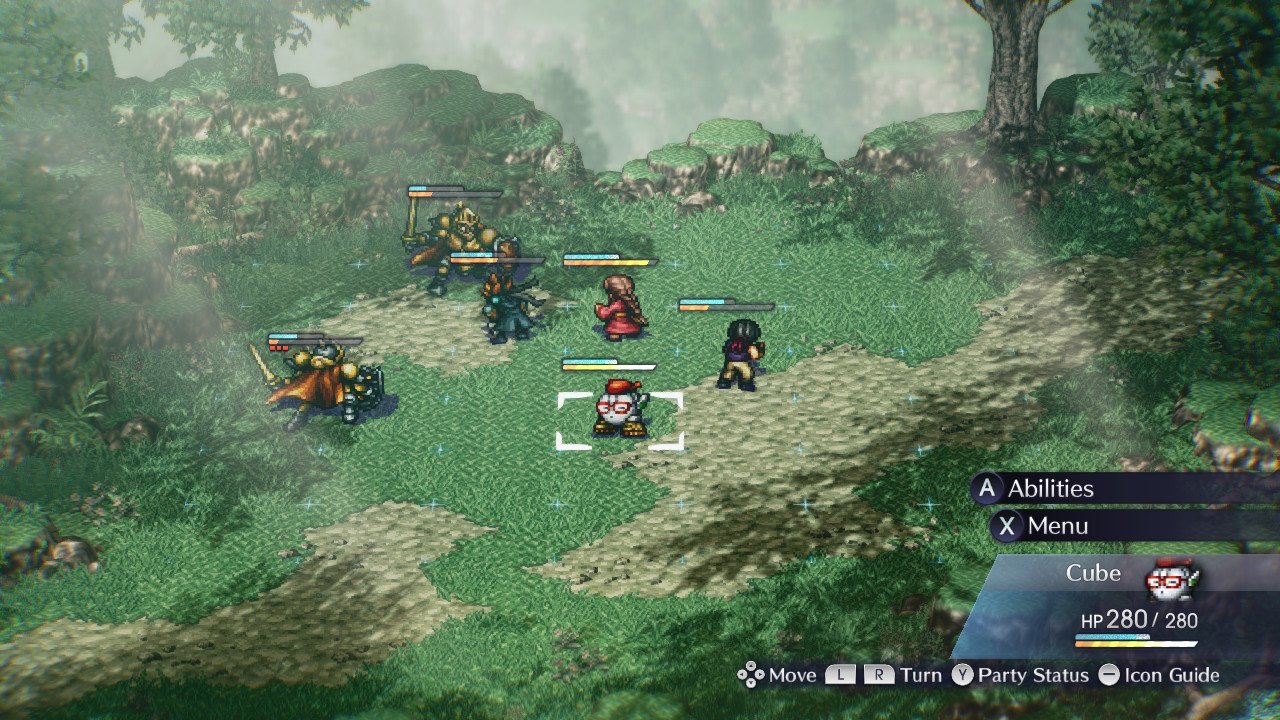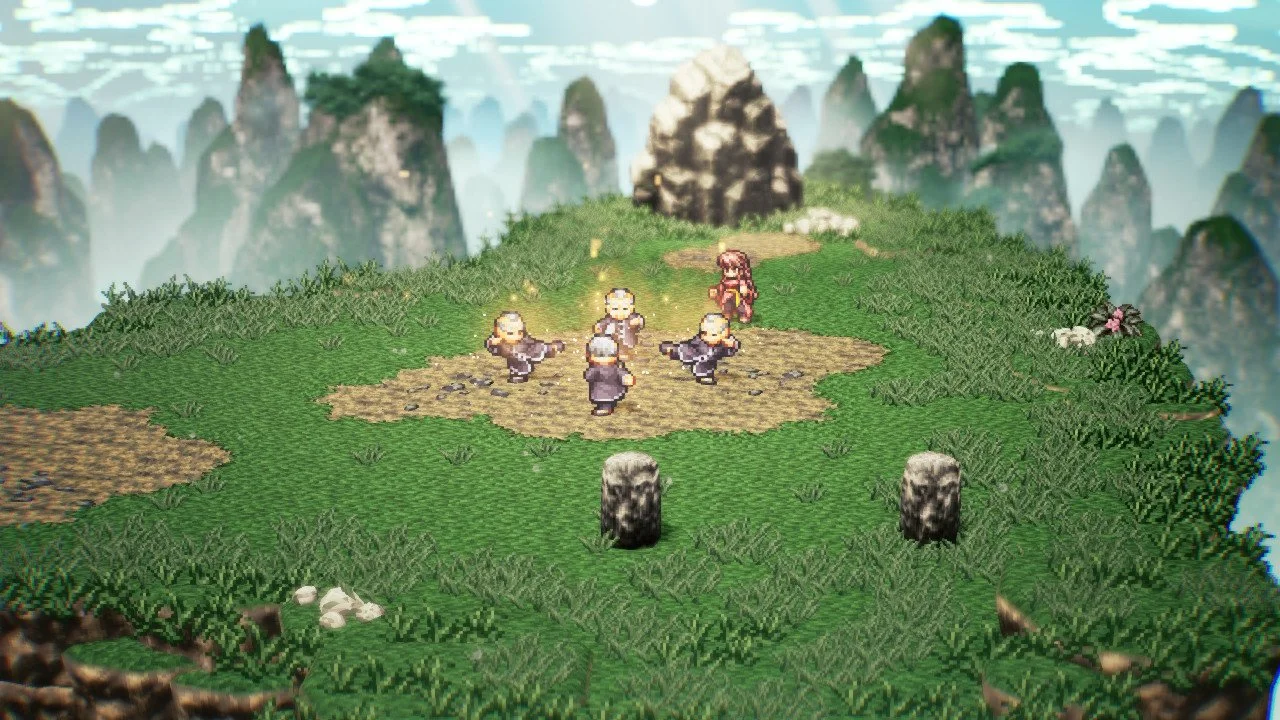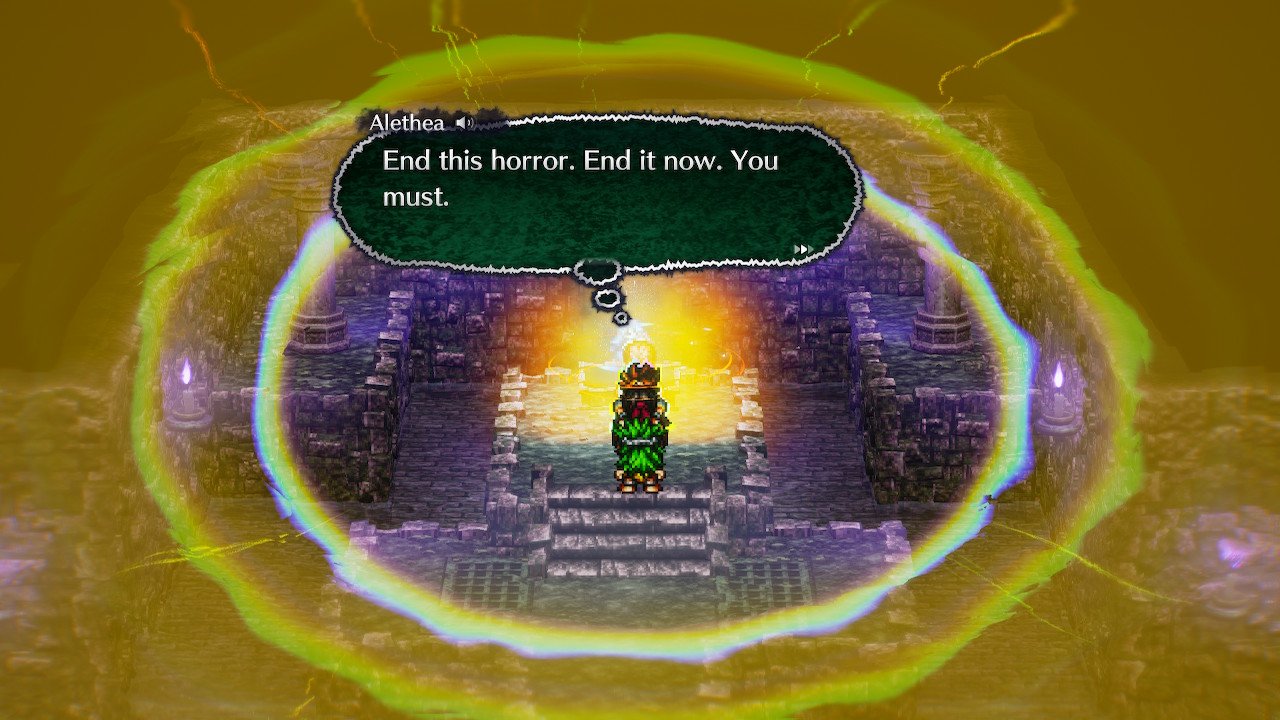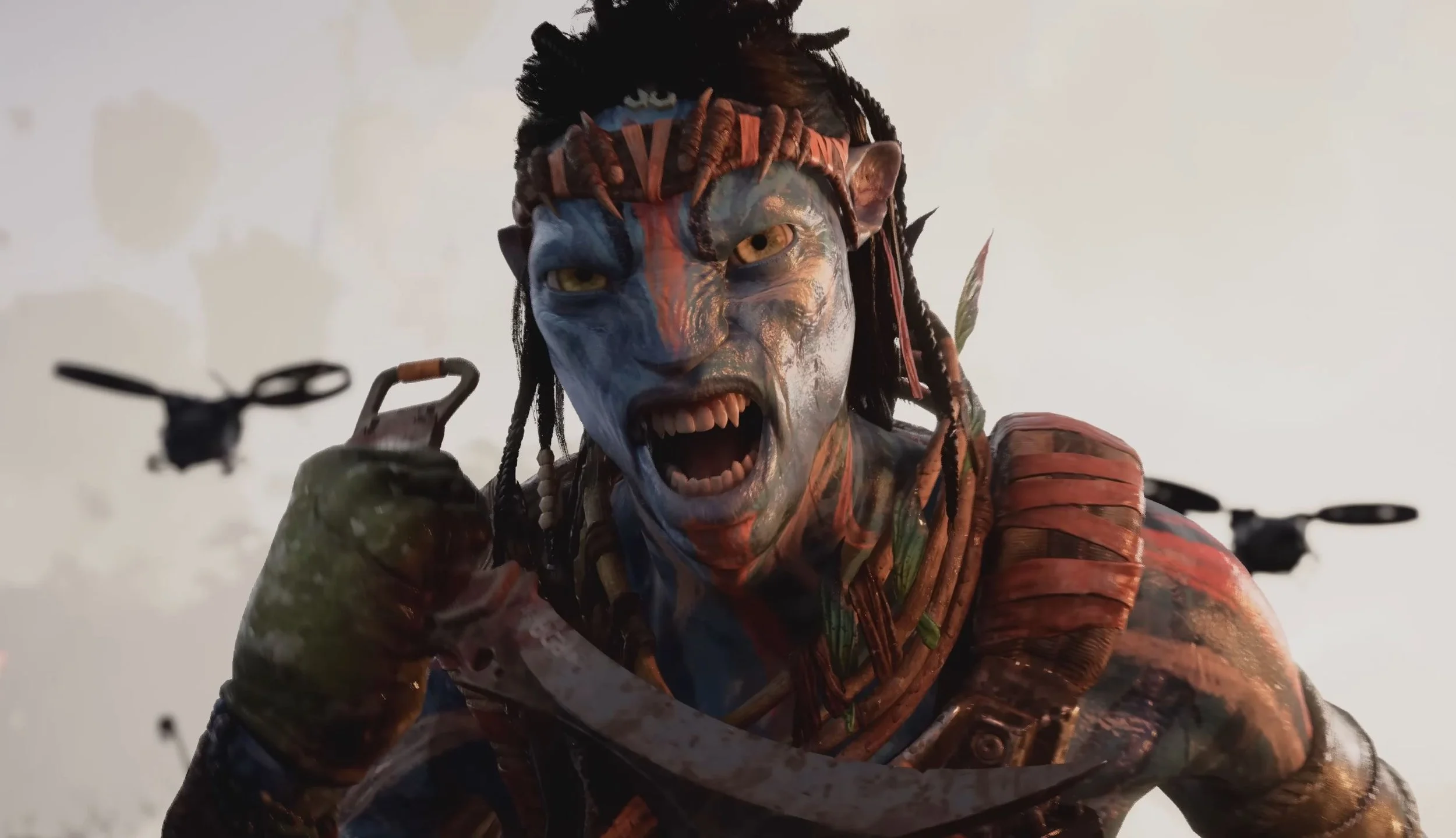Nintendo Switch Review code provided by Nintendo
The year is 1994 and the world is about to encounter one of the most unique video games ever made. Live A Live ditched the video game convention of a single protagonist in favor of seven vignettes each starring a different hero at a different point in history. The game was met with critical acclaim, but poor sales left it as a cult classic that never made it out of Japan.
That is until this year when Nintendo and Square Enix announced that the nearly 30-year-old game would receive a full remake and global release. And, despite some dated elements, Live A Live stands as one of the most charming, intriguing, and downright incredible video games ever created.
Story
Live A Live takes one of gaming’s most long-standing traditions and flips it on its head right from the start. There isn’t a single, main character that players will inhabit for the duration of their adventure, but rather seven different characters who all have their own, complete stories to experience. Each one takes place at a different point in time across the expanse of history, ranging from prehistory to the distant future.
These vignettes are self-contained quests (though there is a kernel of interconnectivity) that are personal to the lead character of that time. One follows the ambitions of a young Japanese man as he seeks to become the most powerful warrior to ever live, while another chronicles a kung fu master’s attempts to find a worthy successor. Each story is poignant and brief, offering just enough development to make the player care about the characters before moving on to the next story.
It would be considered a bold narrative choice by today’s standards and quite possibly would never have seen the light of day at a major publisher. The fact that it manages to pull off this conceit so elegantly is a testament to the direction of Takashi Tokita and the team of artists that brought the game to life.
Each solo story in Live A Live is a breath of fresh air, a new perspective that offers fresh characters, gameplay, and visual identity. The Near Future chapter follows the exploits of a telekinetic young man against the backdrop of a gleaming, utopian city. The Wild West chapter is a clear homage to classic western films as a wandering gunman defends a local town from a gang of outlaws. There’s a distinct sense of purpose and adoration in every story as if Tokita just decided to make all his dream projects into one game.
Once all seven chapters are complete, an eighth chapter unlocks that offers a bit more context to the overarching story. The story then culminates in a final chapter that brings the entire cast together in a traditional RPG format. While it’s cool to have all the protagonists together in one team, they don’t interact with one another enough to really feel like a true JRPG party. There are also a few logical leaps in the how and why all these heroes come together to face the final boss, but it’s never enough to really detract from the game.
Gameplay
Live A Live features a unique, grid-based combat system that challenges the player to master a variety of positional abilities. Utilizing each attack and taking advantage of additional functions often means the difference between an easy victory and a devastating loss.
Each character boasts a unique set of attacks that affect the battlefield differently. The Kid from the Wild West chapter has powerful gun attacks that can dish out massive damage from across the battlefield, while the robot from the distant future can inflict debilitating status effects across wide areas. Knowing how each character works is key to succeeding in any given scenario.
Mastering each character and juggling enemies between them makes for some of the best turn-based combat in any RPG. Live A Live rewards careful planning and strategy over brute force, and the robust cast of characters and wide range of attacks each of them learns means there are hundreds if not thousands of viable team lineups to choose from.
While each individual chapter feels curated to offer the best possible gameplay experience, the final chapter ditches some of these ideas in favor of a more traditional RPG experience. While this chapter does offer players the chance to really customize their team to their liking, it also includes random enemy encounters that slow the gameplay down to a crawl. This fact compounded with the lack of a clear map makes the entire final chapter significantly more frustrating than any of the others in the game.
Audio and Visual
This iteration of Live A Live is a complete remake of the original 1994 version, and as such, it comes with a host of visual and auditory improvements that make it one of the most breathtaking video games of the year. The HD-2D visuals are second to none, offering a crisp take on the pixel graphics of a bygone era.
Every character looks incredible, with fluid animations that convey a strong sense of character even without dialogue. But the environments are where this game truly shines, especially when it comes to the foliage. Every tree and bush is bursting with every shade of green as the wind rustles through their leaves. It’s astounding just how great this game looks and hopefully, Square Enix is already underway on more games with this visual style.
The original game’s music was composed and arranged by Yoko Shimomura, a young composer who had just joined Square Enix only the year before. Live A Live was the first game she worked on at Square, and she would later go on to receive widespread acclaim for her work as the lead composer for the Kingdom Hearts series.
Shimomura returned to Live A Live to arrange and orchestrate the music for the remake, and it’s easily one of her finest works to date. The tonal similarities between some of her later works are clear, but Live A Live has an incredibly distinct musical identity that is sublime to experience. The main theme alone creates exhilaration as if it clearly communicates that an adventure is about to begin.
What Could Be Better
There are a few dated features throughout the game that could have been given a little more attention in the remake. The enemies in Live A Live frequently come across as unbalanced, thrashing the player before there’s even an opportunity to retaliate or falling after a single hit. This is especially evident in the final chapter where random encounters occur.
The whole structure of the final chapter is also a bit rough to experience, especially after the clean presentation of every preceding story. The lack of a functional map makes it hard to navigate the world, and the constant presence of lengthy enemy battles drags this process out even more. It’s especially frustrating when trying to find all the other characters to add to the team, as they’re all scattered around the world. Even just the inclusion of a more informative map would alleviate a lot of this pain.
Verdict
Live A Live is a relic of the golden age of JRPGs and an inspiration to an entire generation of developers. All these years later, and in spite of a few dated mechanics, it still holds up as an incredible feat of narrative and gameplay experimentation. With a grand, history-spanning story and unique, compelling gameplay, Live A Live is a must-play for any fan of great role-playing games.
